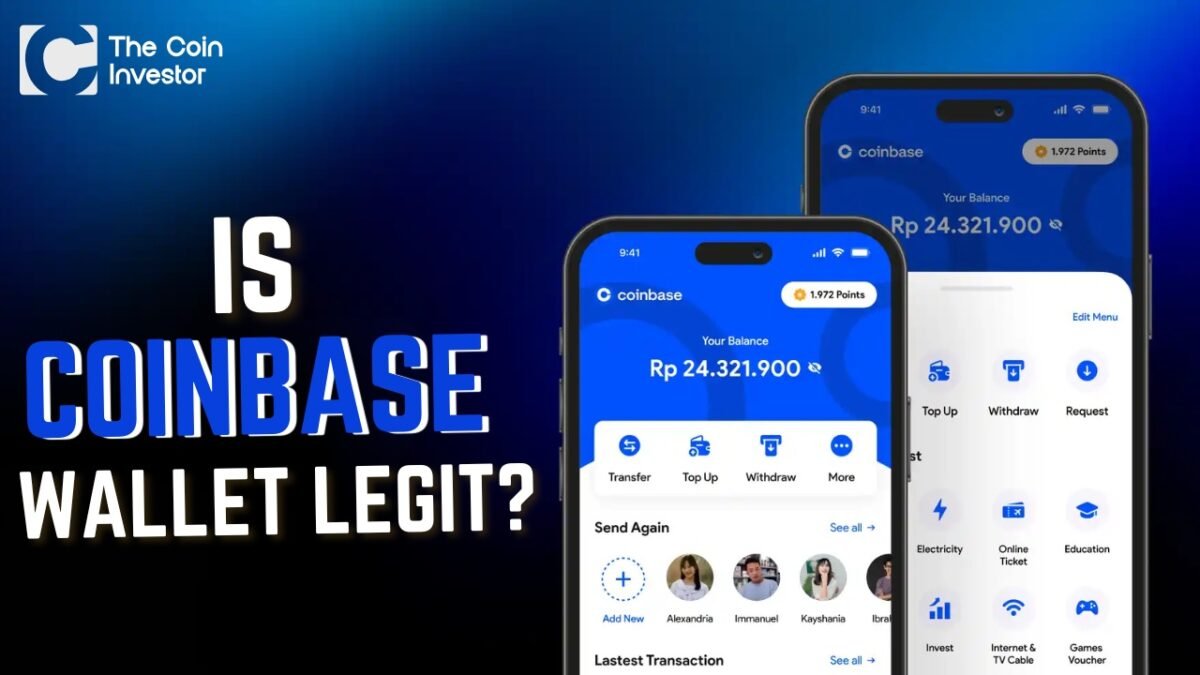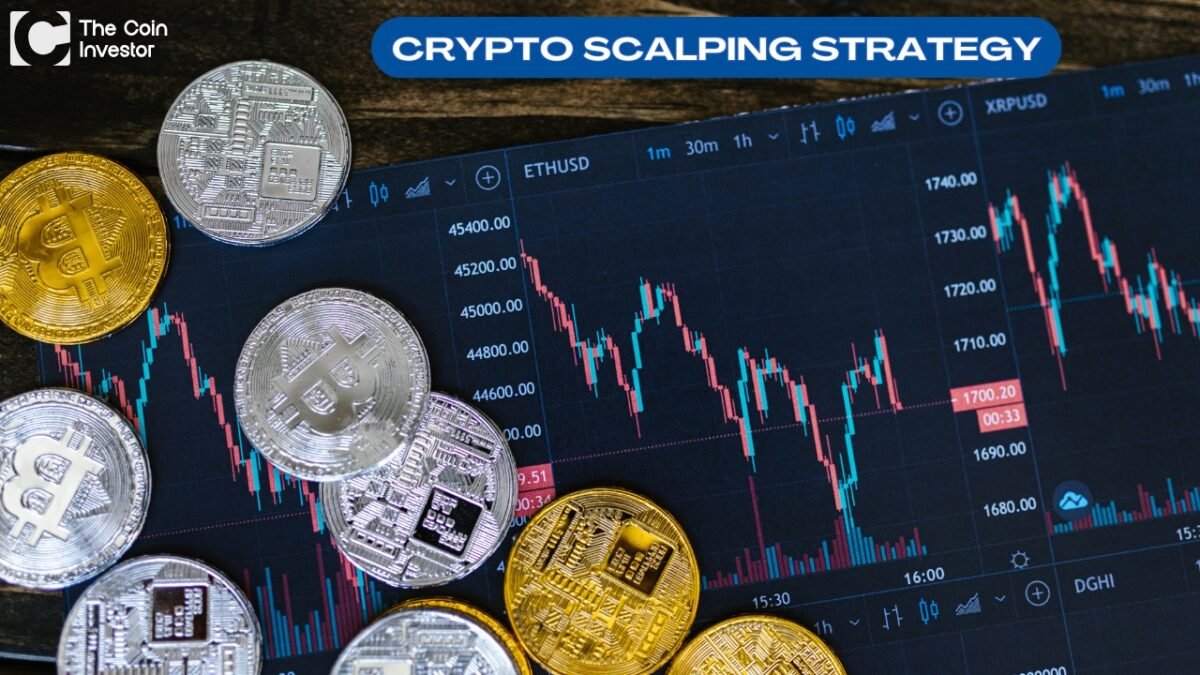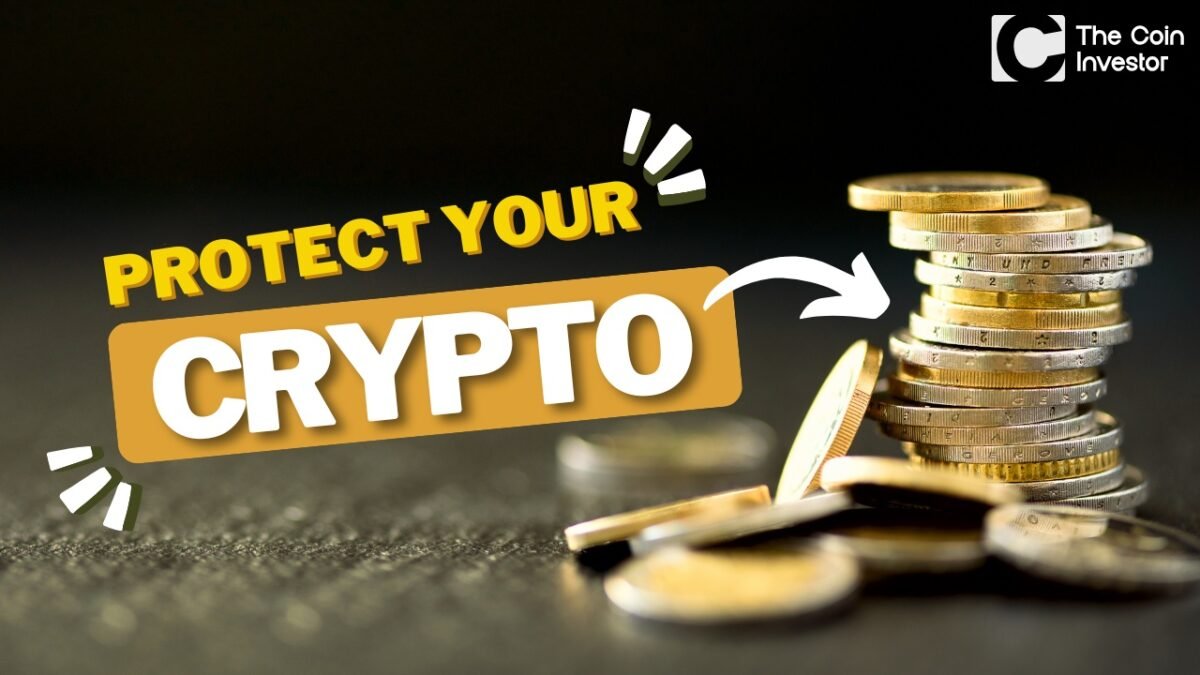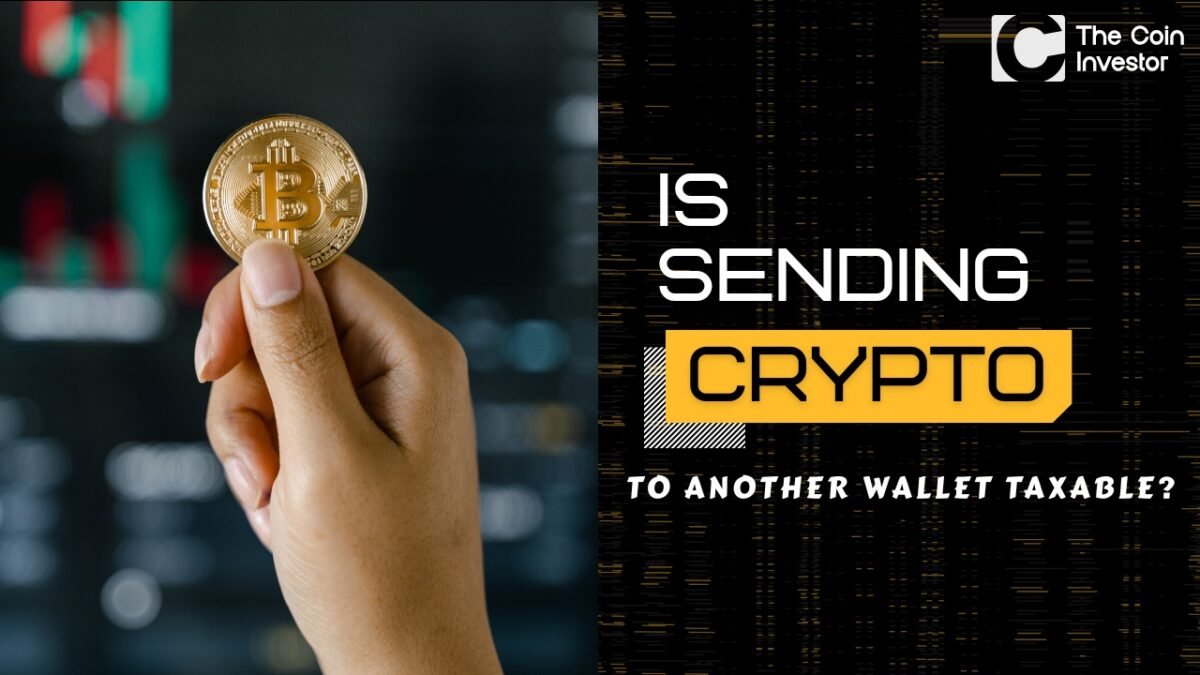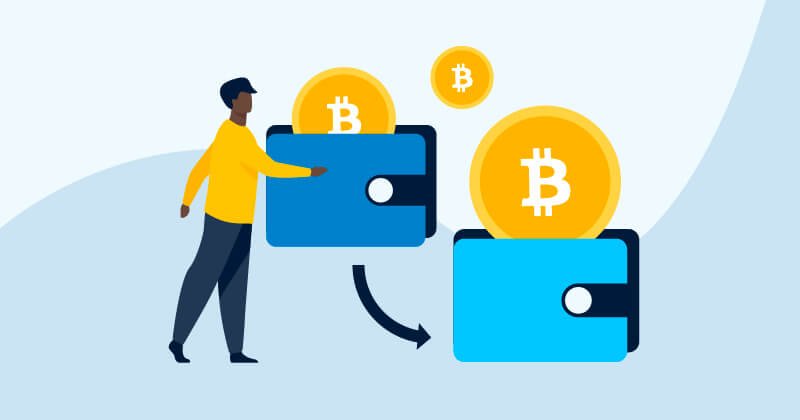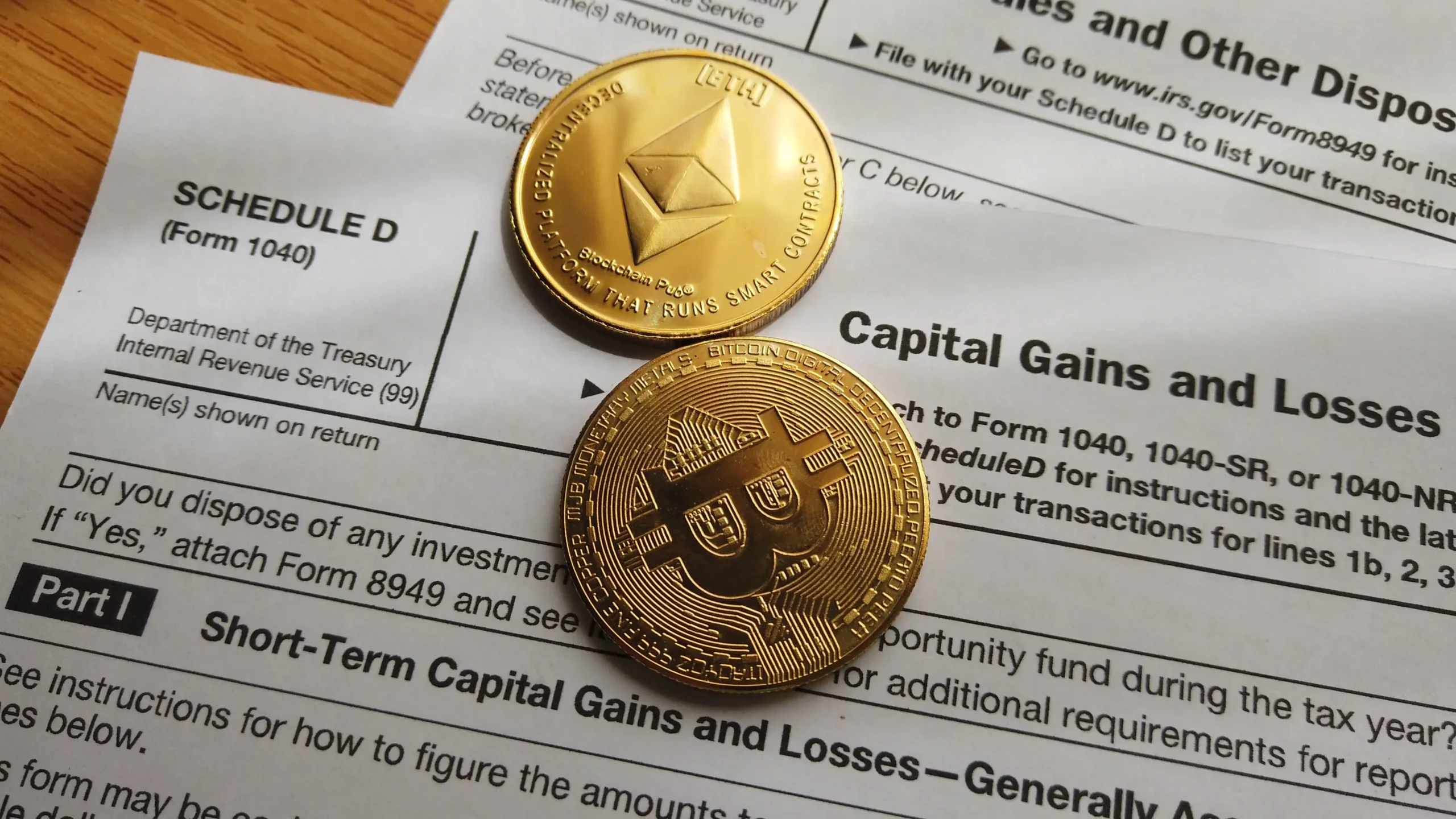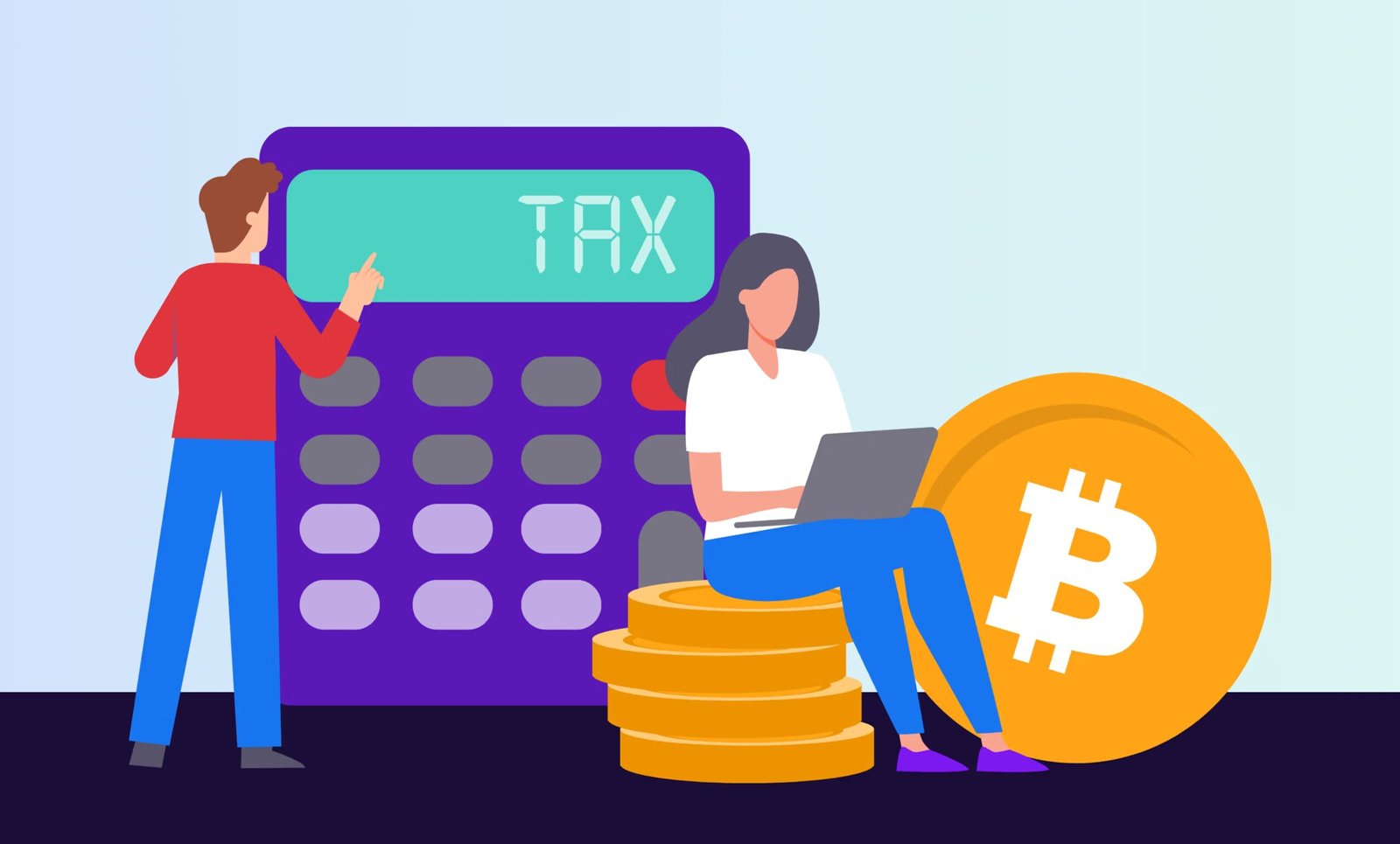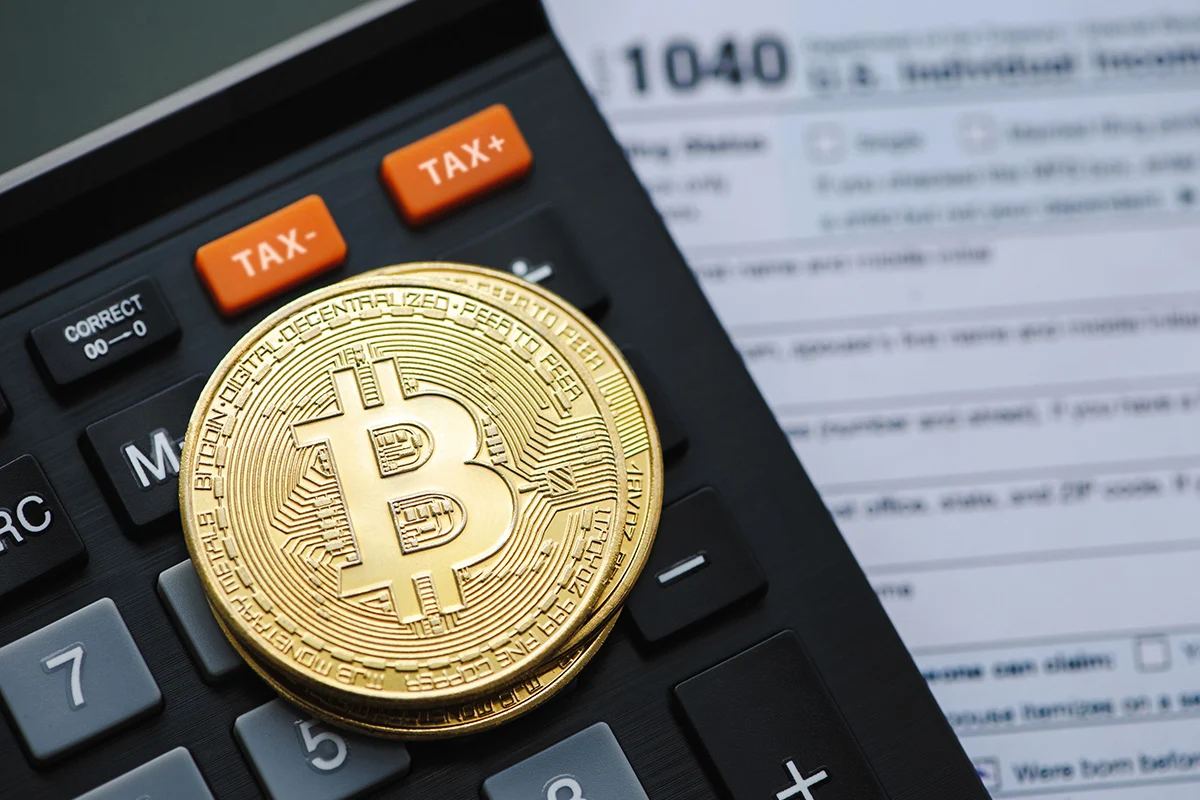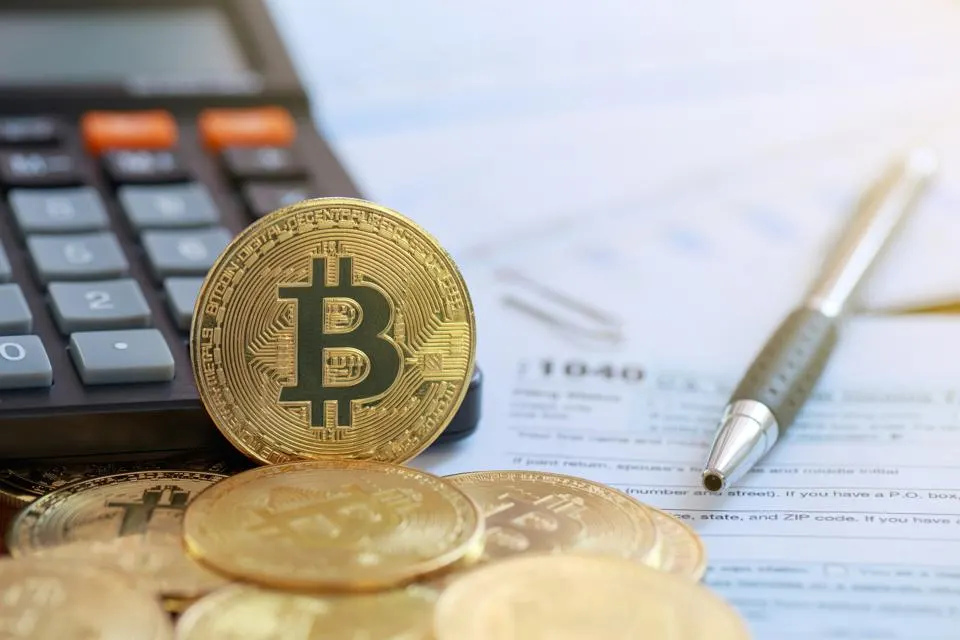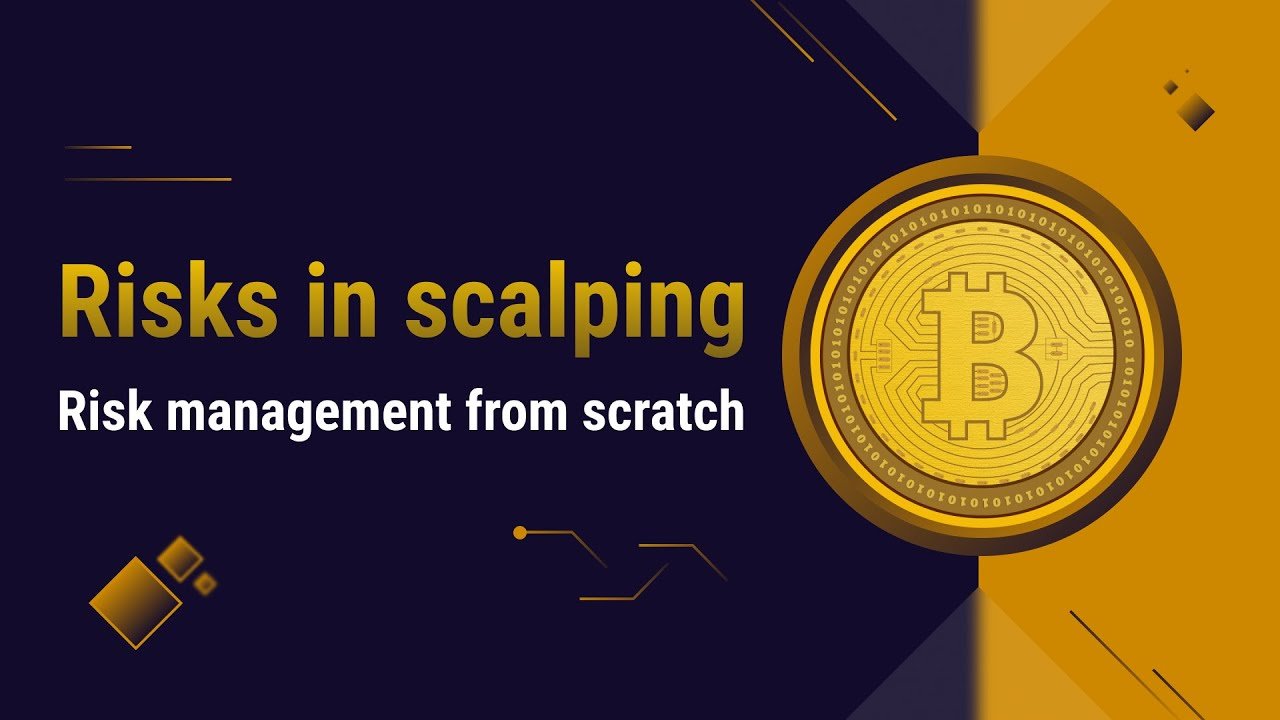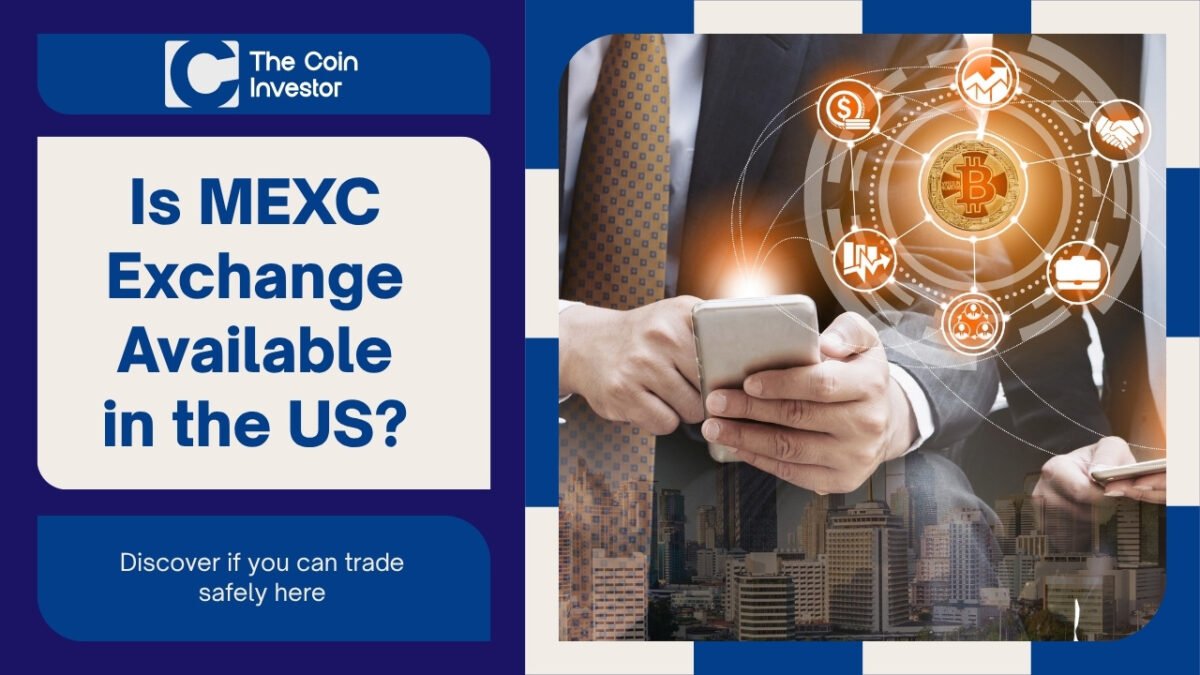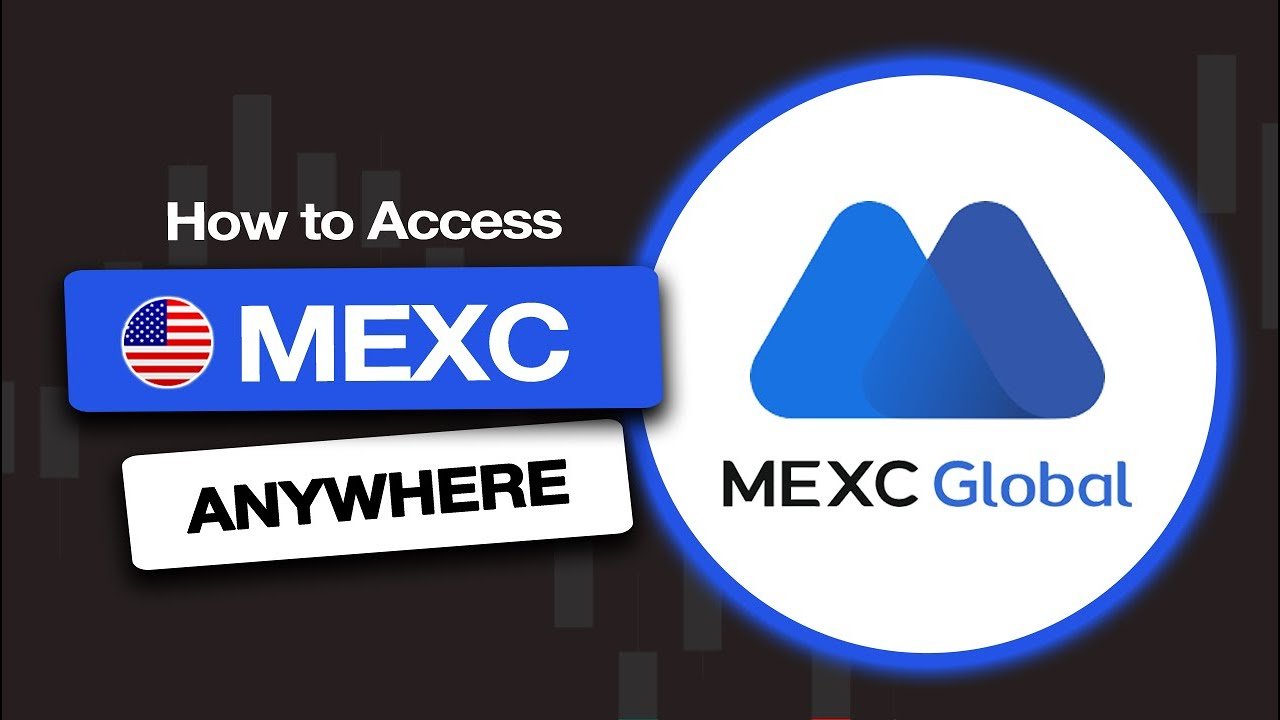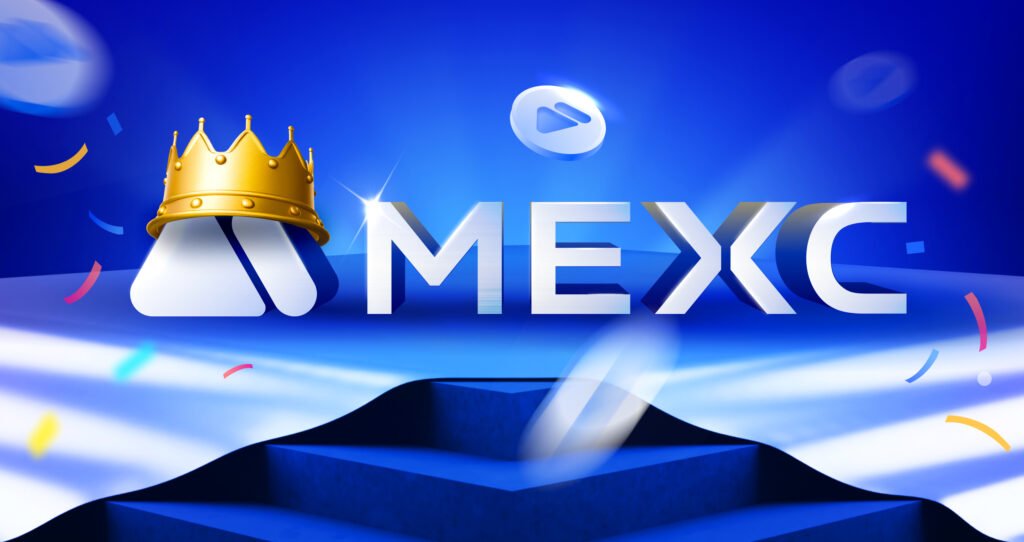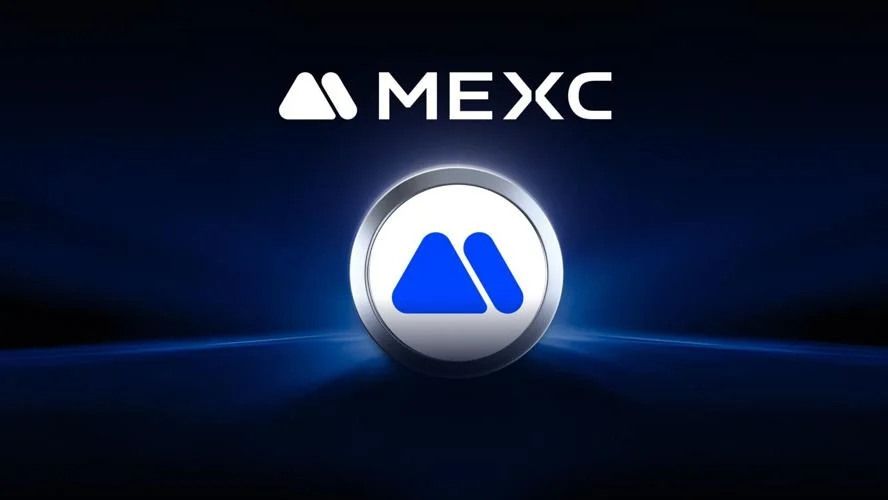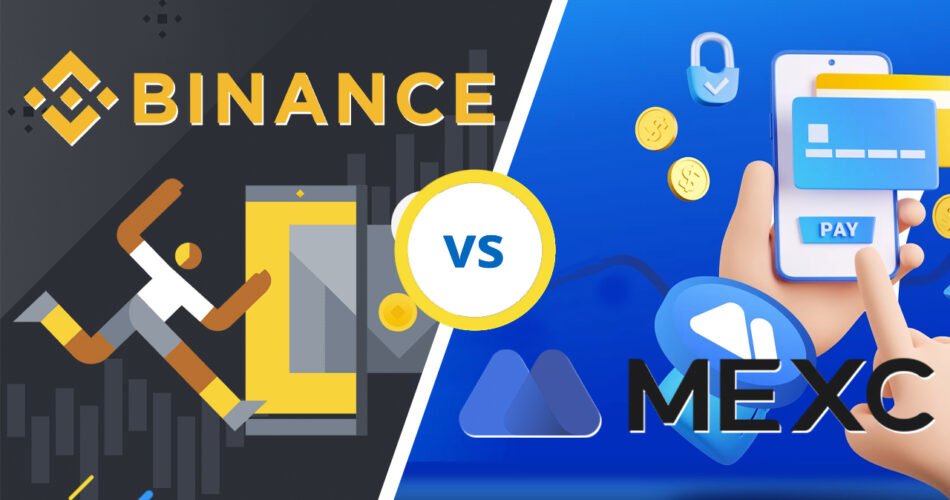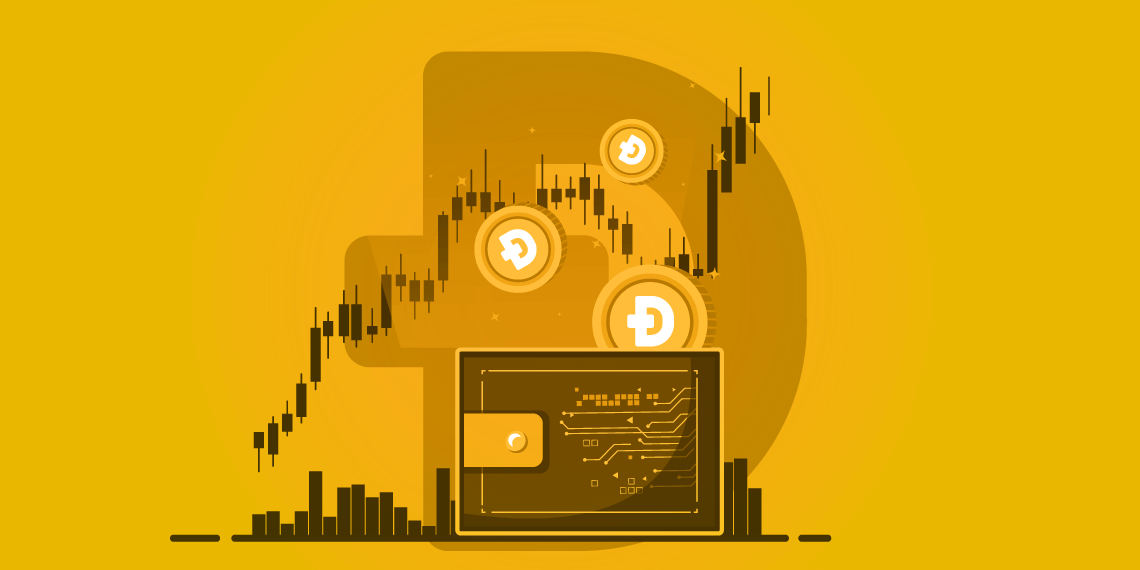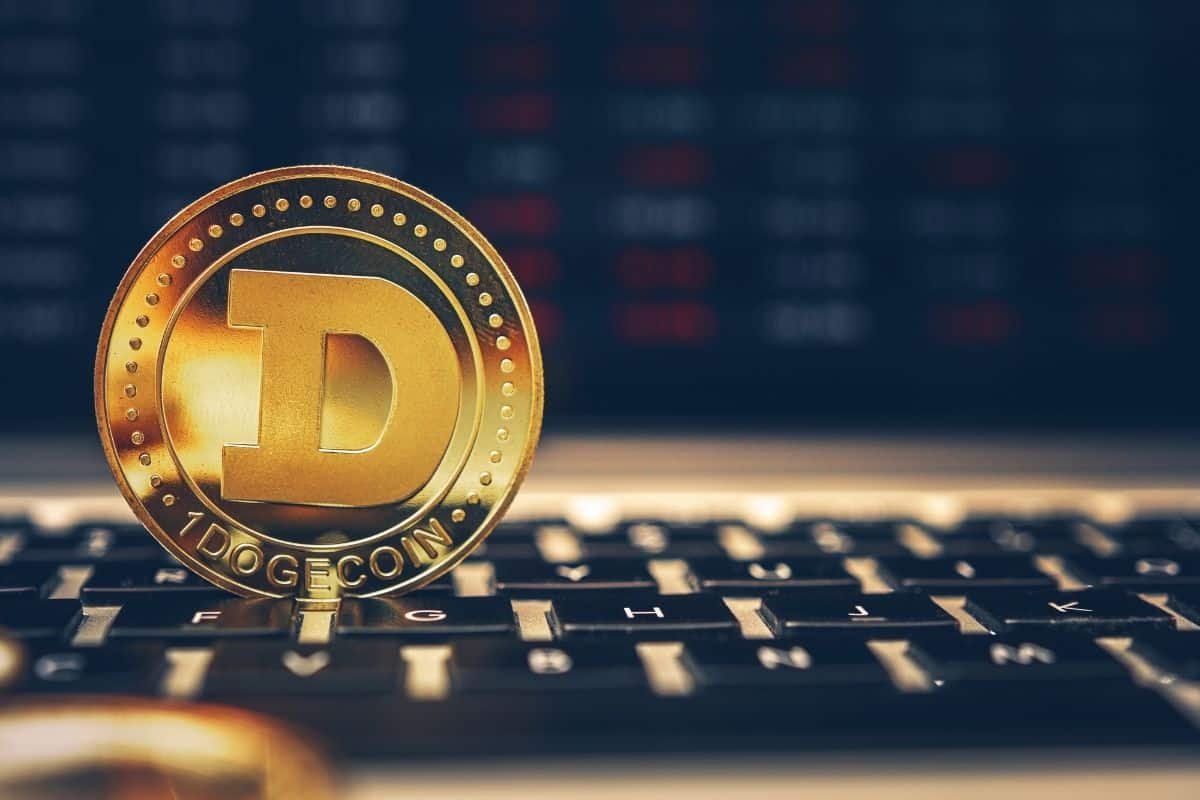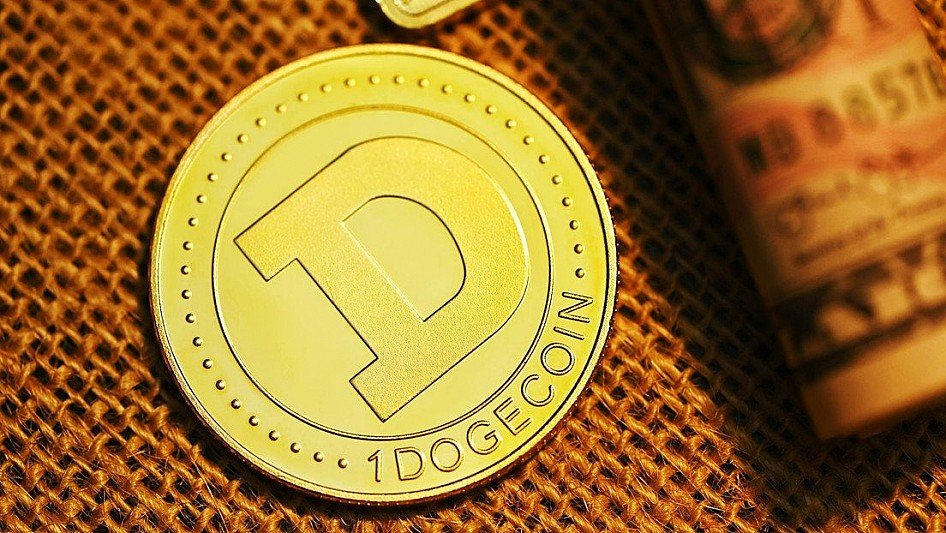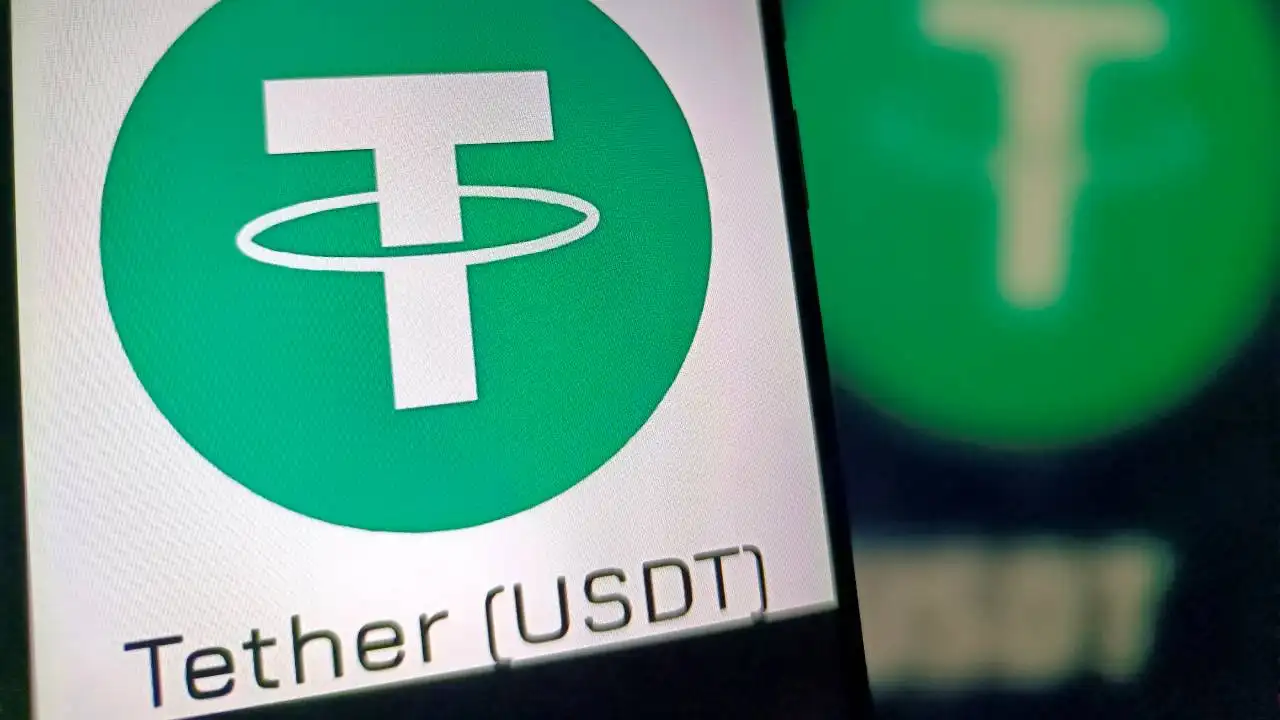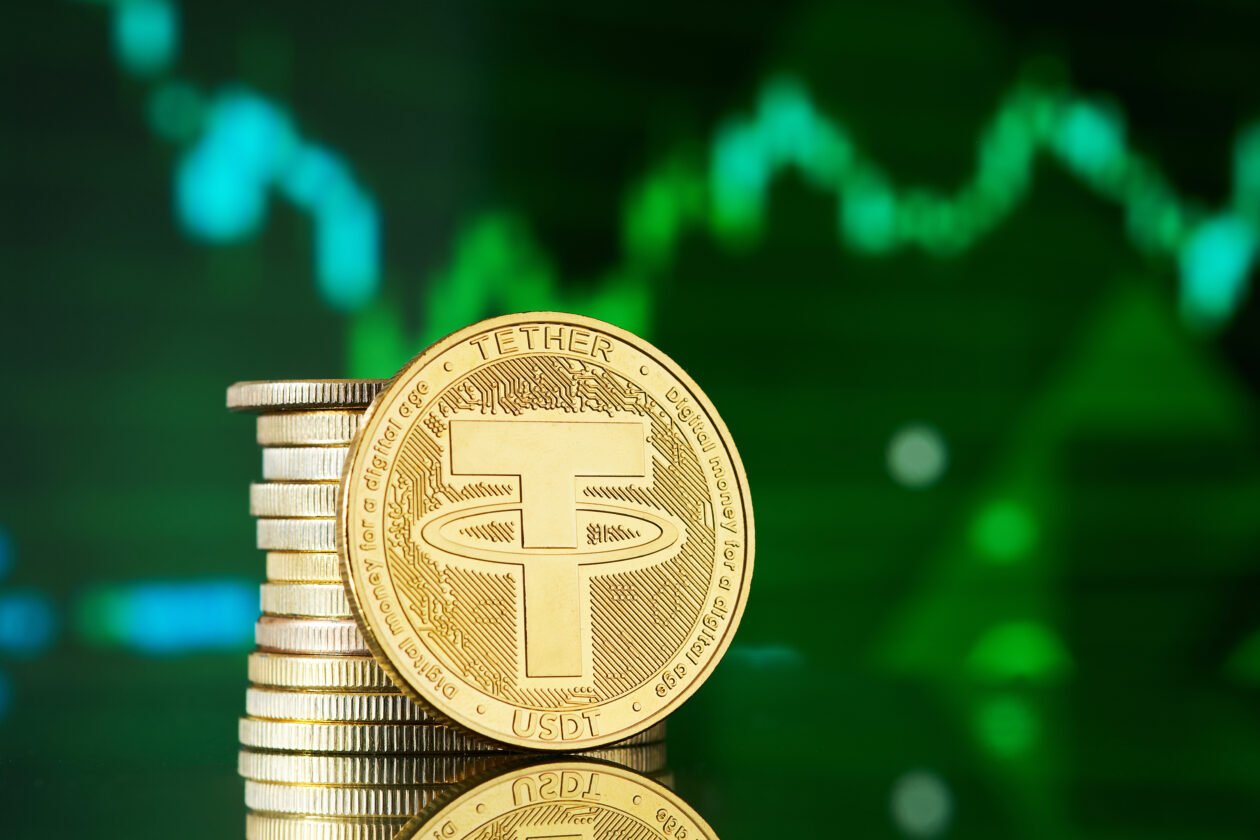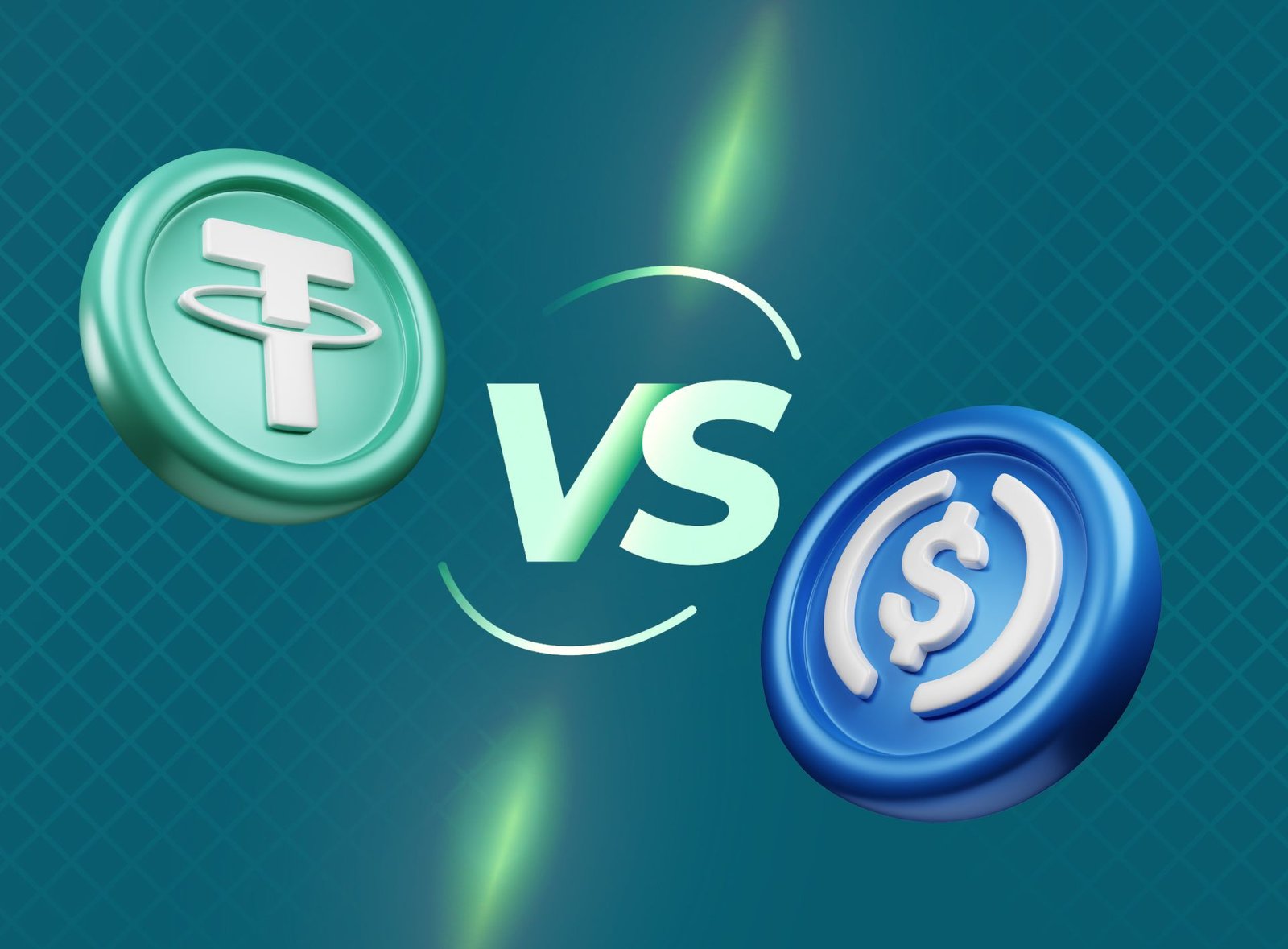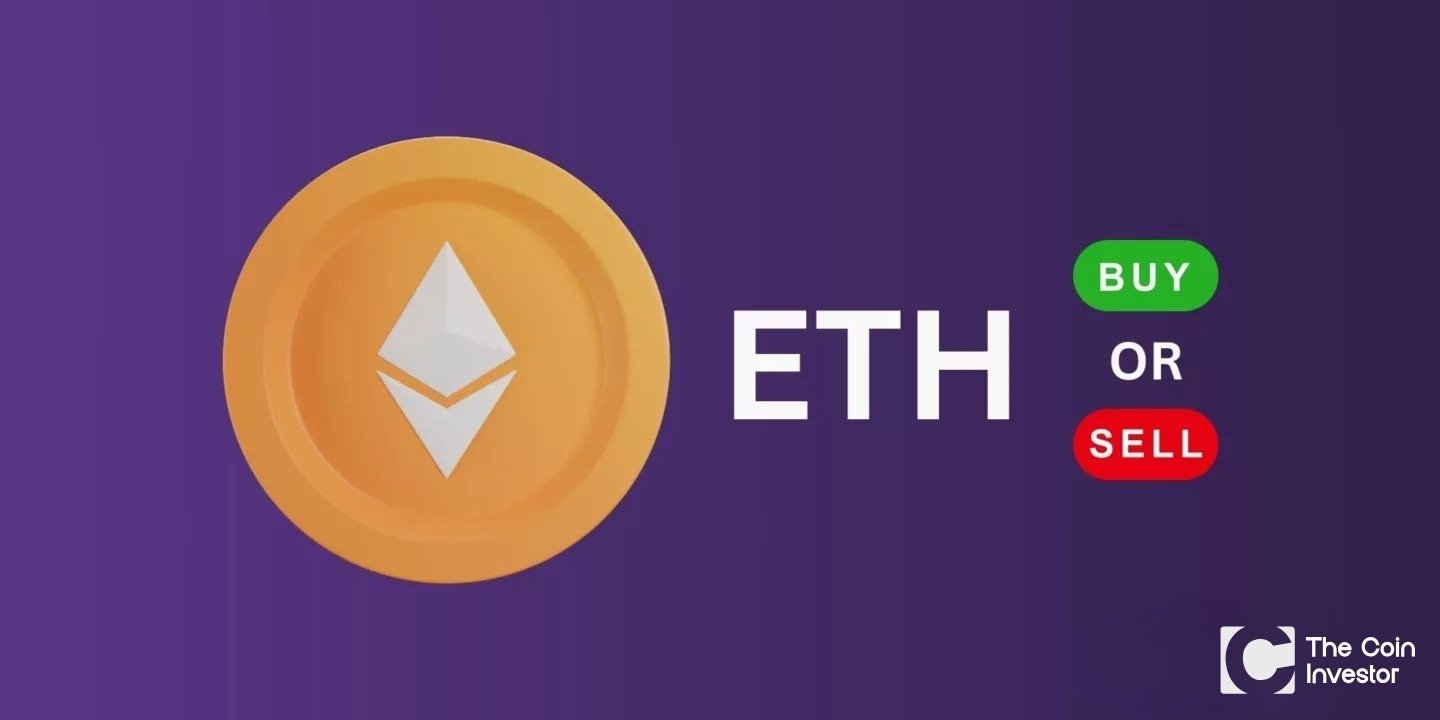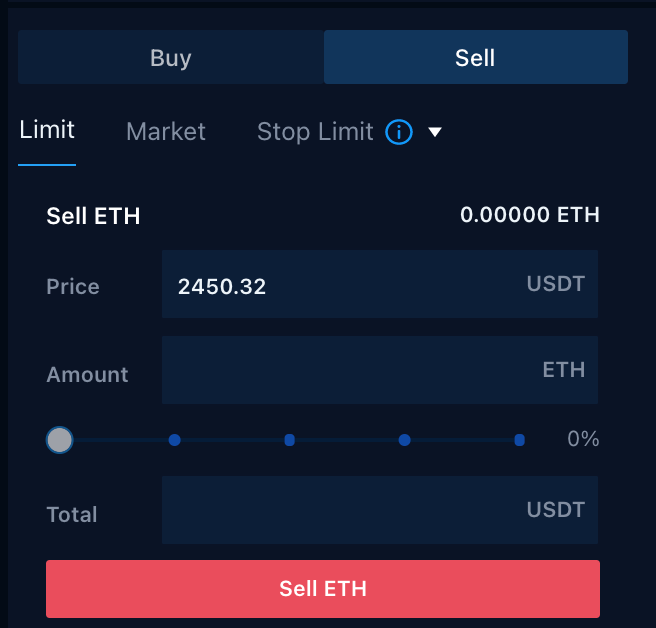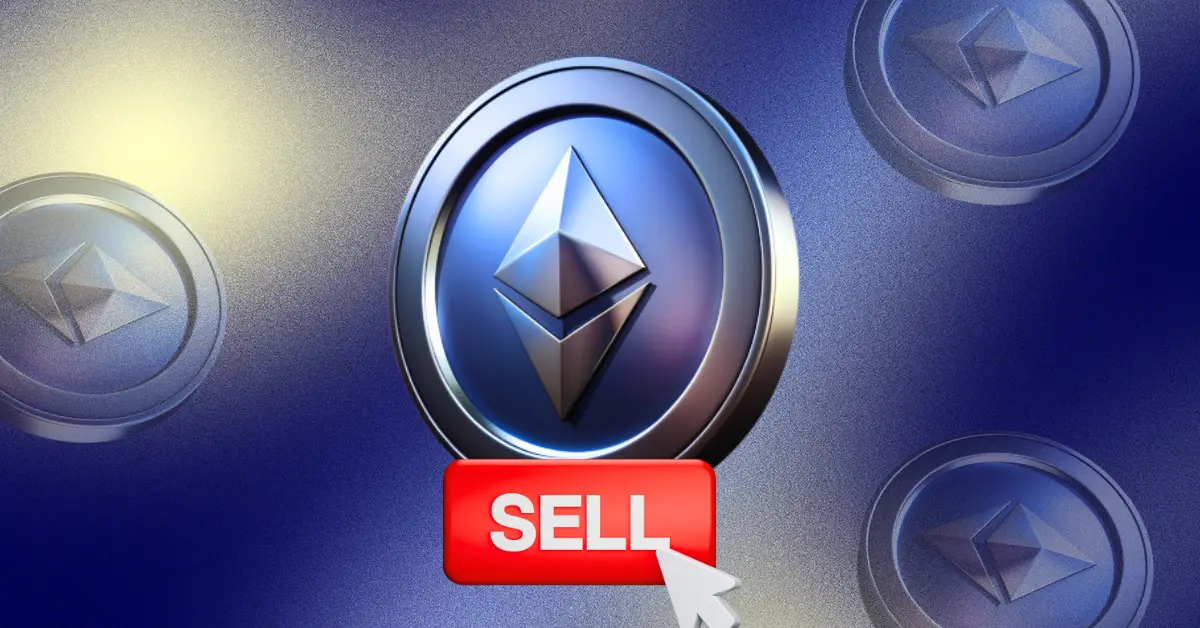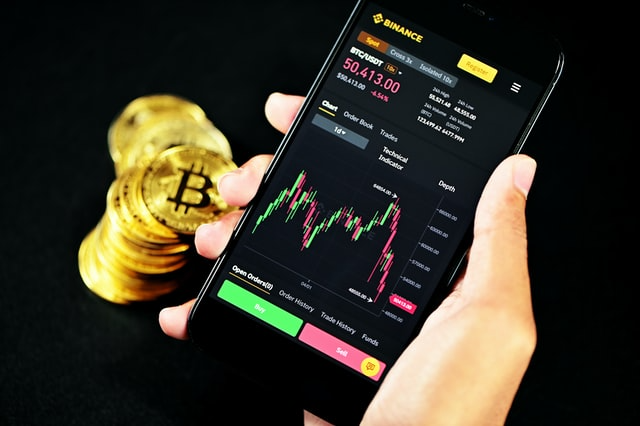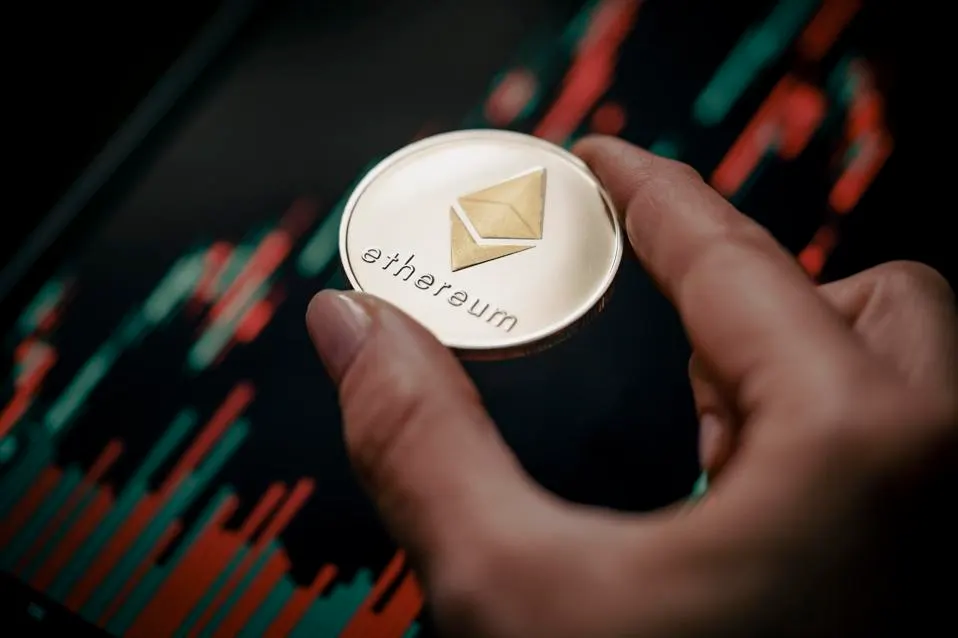The world of cryptocurrency has many wallet choices. Each one claims to have better security and user experience. Coinbase Wallet is special for both new and skilled users. It helps users keep control over their private keys. This app is different from regular wallets on exchange platforms. With Coinbase Wallet, users can manage their own assets. This means they have full control over their digital funds.
Coinbase Wallet is different from old exchange accounts. In those, other people keep your money. This wallet is a mobile app and a browser tool. It allows users to own their private keys. Users can also access many types of cryptocurrencies. They can do this on different blockchains. Coinbase Wallet shows how it differs from the main Coinbase exchange. It highlights different ways to store crypto and keep it safe in our modern economy.
What is Coinbase Wallet?

Coinbase Wallet is a type of crypto wallet. It lets users have full control over their cryptocurrency and keys. This mobile app helps store, manage, and use different cryptocurrencies. It works with many blockchain networks like Bitcoin, Ethereum, and Solana.
Coinbase Wallet runs separately from the main Coinbase exchange. It has its own security features to protect users.
Users can reach their assets through mobile apps or browser extensions. This makes it easy to manage portfolios on both desktop and mobile devices. The wallet has strong security features like fingerprint login and encryption standards. Each user gets a special recovery phrase for safe backup. This helps them access funds if they lose devices or if these get hacked. This setup lets users keep direct control over their digital money without needing third-party exchanges.
How does Coinbase Wallet differ from traditional wallets?
Traditional crypto wallets are often custodial. This means exchanges control user keys and assets. Coinbase Wallet is different. It gives users full control of their keys. This improves asset safety and user freedom. With this model, users must secure their seed phrase and wallet. This is not like exchange accounts where support can help recover lost keys. This method fits with the idea of decentralization in crypto.
However, it does need users to practice good security habits. Hardware wallets like Ledger offer similar safety but need extra devices. Coinbase Wallet blends ease of use with strong security in a software option. This makes it a good choice for users who want to manage their keys without dealing with hardware issues.
Is Coinbase Wallet Legit?

Coinbase Wallet is seen as a reliable choice for managing digital assets. It is connected to Coinbase, which is a big name in crypto trading. This link gives it more trustworthiness.
Many users share their positive experiences with the wallet. They mention its dependability and strong safety features.
The wallet’s tools, like the Coinbase Wallet SDK, are open-source. This means that others can check its safety on their own. This openness helps security experts find problems before they harm users.
It shows that Coinbase Wallet works hard to keep things safe with help from the community.
How Safe Is Coinbase for Storing Crypto?
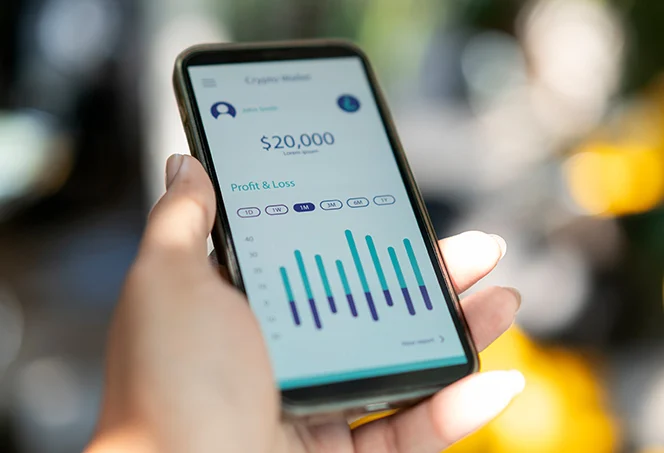
Coinbase Wallet has many safety steps to keep user digital money and private keys safe. It uses strong encryption like banks do for important data. This includes recovery phrases and login info. Biometric checks also help stop unwanted access, even if devices get hacked.
The self-custody system gives users full control over their assets without needing outside help.
Unlike other wallets, Coinbase Wallet keeps sensitive info on user devices, which reduces risks of central storage.
There are cloud backup options for recovery phrases that boost safety while letting users stay in charge.
Users can back up their seed phrase to secure cloud services to lower the chance of losing assets if a device fails. It is best to use strong passwords and two-factor checks for cloud accounts to stay safe.
Key Features of Coinbase Wallet

The wallet app works with big blockchains like Ethereum, Bitcoin, Solana, and Polygon. This means users can manage different coins in one place. They do not need many wallets anymore. The app finds and shows supported tokens by itself. This makes it easier for users.
The wallet has strong security features. These include biometric login like face and fingerprint scans. There is also safe storage for private keys. Users have secure backup options for recovery phrases too. These steps help keep your coins safe while giving a handy mobile wallet solution.
Multi-Currency Support and Conversion
Coinbase Wallet works with millions of tokens across many blockchain networks. This gives users access to almost any crypto project. It supports big currencies like Bitcoin, Ethereum, and Solana.
It also welcomes new tokens as they appear. This wide support is great for crypto fans who trade in different systems.
The wallet app has built-in options to swap currencies easily.
Users can exchange cryptocurrencies without leaving the app.
However, there are fees for transactions and networks. These fees change based on how busy the blockchain is and which tokens are used. Polygon and other layer-2 solutions help lower these costs. They find cheaper networks for transactions automatically.
This feature helps users who trade often or use decentralized apps where fees can add up fast.
Integration with Decentralized Applications (dApps)
Coinbase Wallet has a browser feature. This lets users interact easily with decentralized apps (dApps) on many blockchains. Users can access DeFi services, take part in staking, and explore different dApp networks. They do not need extra browser tools for this. This is great for crypto fans who want more than just saving assets.
To keep users safe when using dApps, Coinbase Wallet has strong tools against harmful sites and scams. Users get warnings when they connect to risky apps. This helps both new and skilled users avoid common problems.
The platform also allows staking on different blockchains. Users can earn rewards while keeping full control of their assets. Unlike regular exchanges where others hold your funds, this method keeps users’ private keys safe. This way, they can earn income without giving up the security of their own storage.
NFT Management Capabilities
Coinbase Wallet finds and shows NFTs from different blockchain networks. This gives users a full view of their digital items. The app has tools for viewing, sorting, and managing NFT collections. These can be in formats like images, videos, and audio files.
Users can buy NFTs through connected shops and exchanges within the app. They can look at popular collections, create new items, and make deals without leaving the wallet.
This makes it easier to manage both regular and unique assets. Features like sorting options, grid views, and collection tools help users organize big portfolios.
The wallet even plays audio NFTs with special controls. This shows its focus on different types of digital content. Coinbase Wallet is a complete tool for the growing NFT market.
Advantages of Using Coinbase Wallet
- The wallet app lets users manage their own keys and digital coins. This removes the risk from using custodial wallets. With this self-management, users can access their cryptocurrencies anytime. They do not need to worry about an exchange’s status. This gives comfort for storing coins for a long time. The app works well with the Coinbase system.
- It allows easy money transfers between exchange accounts and personal wallets. This mix offers the ease of centralized trading and the safety of decentralized storage. Users can trade on the exchange while keeping their assets safe in their own wallets.
- Coinbase Wallet supports many blockchain networks and coins. It is a strong choice for different types of portfolios. Its link to new technologies gives users fresh chances to invest. There is no need for extra wallet apps, making it easier to make smart choices with digital assets.
- Coinbase Wallet is made for users all over the world. It comes in many languages. This helps different people manage their digital money easily. The easy-to-use design makes it simple for new users. The wallet supports many kinds of cryptocurrencies and works with different blockchains. Users do not need several wallets. This gives them control over their money and helps more people use cryptocurrency worldwide.
Potential Downsides and User Concerns
- Customer support issues are a big worry for users who have tech or security problems. Coinbase Wallet is a self-custody wallet. This means it does not offer direct help like custodial wallets do. Users who lose their recovery phrase may find it hard to get help. They may also struggle with tech issues compared to regular exchange support.
- Transaction fees can add up during busy times on the blockchain, especially on Ethereum. The wallet does not charge storage fees. However, users must pay network fees for all transactions. This can affect the overall experience, especially for new users who may not expect these costs.
- Users alone are responsible for security, which can be scary for those new to crypto safety rules. Unlike custodial wallets that have high-level security, self-custody needs users to know and follow their own safety steps. This can be tough for people moving from regular exchange storage.
How to Set-Up Coinbase Wallet With Authentication?

To begin, you should download the Coinbase Wallet app. You can find it in official app stores.
You can also install the verified browser add-on. It is important to make sure it is real. This can help you avoid harmful software.
Harmful software may put your digital assets at risk. You can find official links on the Coinbase website. They are also in major app stores, like the Apple App Store and Google Play.
Setup Process to keep your Coinbase Wallet Safe
To make a new wallet, users need to create a secure 12-word recovery phrase. This phrase works like a master key for their digital assets.
The wallet app helps with this process and highlights the need for safe storage. Users must write down the seed phrase and keep it safe. If they lose it, they will permanently lose access to their cryptocurrencies. If users want to use Coinbase services, they may need to verify their identity.
However, the basic wallet features work on their own, keeping user privacy and control intact. Optional integration makes it easier to move funds between trading and storage platforms.
The wallet automatically supports major blockchains like Ethereum, Bitcoin, and Solana. Advanced users can add support for other networks and custom tokens manually. This flexibility allows any real cryptocurrency project from different ecosystems.
Strong Security Measures for Maintaining Security & Preventing Vulnerabilities
- Enable strong passwords and use biometric checks right after creating your wallet. This helps stop unauthorized access. The wallet app supports fingerprint scans, facial checks, and other methods based on what your device can do. Turning on these features gives you extra security beyond just the recovery phrase.
- Check your backups often to make sure you can recover your wallet with the saved phrases. Users should try backup steps with small amounts of cryptocurrency first. This way, they can confirm that their seed phrase works and find any issues before they get worse.
- Avoid using public Wi-Fi and keep your device’s security software updated. This guards against risks and attacks. The wallet app has built-in protection against phishing websites and harmful apps. However, users should still follow good cybersecurity tips. Regular software updates keep security fixes and protective features current.
Coinbase Wallet Fees
The wallet does not charge fees for storing digital coins or for keeping crypto balances.
However, users do need to pay network fees for actions like transfers, swaps, and smart deals. These fees change based on how busy the network is and which cryptocurrencies are used. The fees for swapping coins through linked exchanges usually range from 1% to 4%.
Buying with a credit card costs more than using a bank transfer. For instance, using a debit card has a fee of 3.99%, while ACH transfers have a fee of 1.49%. Users should check these costs against other platforms to pick the best time and way to transact.
Gas fees on Ethereum and similar networks can be high during busy times. They might even exceed small transaction amounts, so timing matters. Layer-2 options, like Polygon, offer lower network fees for users who want to save money.
The Security Framework of Coinbase Wallet – Is Coin Base Really Safe?

The security system has many layers of protection. These include device encryption, fingerprint checks, and safe key storage.
Coinbase Wallet uses standard methods like those of big banks. It also keeps the basic ideas of cryptocurrency safe. The setup helps fix tech problems and user risks with built-in safety features.
Overview of Security Measures
Multi-signature tech and safe storage keep private keys safe from bad access. This is true, even if devices get hacked. The wallet uses hardware security in new smartphones. It makes safe spots for important data. These steps help keep private keys safe from harmful software on the same device.
Backup and recovery systems give many options to store recovery phrases safely. Users can still control their information. They can pick between manual backups or safe cloud storage. This fits different needs for safety. These choices help users get back their digital assets if their main devices are lost or broken.
Real-time security checks guard against phishing sites and bad apps that target people using crypto. The wallet app warns users and blocks links to suspicious sites or apps. This helps both new and skilled users avoid common dangers in the crypto world.
Real User Experiences Addressing Security
User reviews show that the wallet has strong security features. Many crypto fans enjoy using it without problems for years. Long-term users like its biometric login. They appreciate the peace of mind from keeping their own funds safe. These good experiences show that the wallet is trustworthy.
However, some users have trouble with customer support when they face tech issues. This points to the need for good safety plans and backup steps. Users must learn how to use wallets well for success.
Community talks reveal that most security problems come from user mistakes. These mistakes include sharing recovery phrases or falling for scams. They are not due to weaknesses in the wallet itself. Experienced users remind everyone to follow safety best practices. They also warn to stay alert against tricks from others. Overall, the wallet gives strong security if users stick to proper steps.
Comparing Security with Other Wallets
Hardware wallets like Ledger keep your keys safe offline. They offer good security but can be hard to use and costly. Coinbase Wallet gives a good mix of web wallet ease and hardware safety. This makes it great for users who want strong protection without dealing with hardware.
Unlike wallets from exchanges, Coinbase Wallet lets users fully control their private keys. This means less risk from other parties. Still, this self-custody method does not have the help that regular exchanges provide. Users need to think about these trade-offs carefully.
MetaMask and other browser wallets have similar features but may lack mobile support and help for big clients. Coinbase Wallet stands out because it works well on both mobile apps and browsers. It has strong security rules that make it attractive to users needing to switch between devices easily.
Comparing Coinbase Wallet to Other Cryptocurrency Wallets
The world of crypto wallets has many choices. There are simple apps for phones and more complex hardware. Coinbase Wallet is special because it has strong support from institutions. It also supports many blockchains. The design is easy to use for both new users and experts. Its link with the Coinbase system gives users special benefits. It also makes sure that users have control over their own storage.
Features Comparison with Major Competitors
Coinbase Wallet stands out from other wallets. It supports many types of coins like Bitcoin, Ethereum, Solana, and Polygon. You can find them all in one app. This means you do not need several wallets. You can also access different chances in cryptocurrency easily. The wallet automatically finds tokens for you. This makes using the wallet easier because you do not have to add tokens by hand.
Coinbase Wallet has great features for managing NFTs. It includes a gallery and easy links to marketplaces. This is good for people who love NFTs as well as regular investors. There is also a built-in browser that helps with using DApps. You can stake your coins or join DeFi projects securely. All these features make Coinbase Wallet a full platform for your cryptocurrency needs.
User Satisfaction and Reviews
Customer feedback shows that the wallet is easy to use. It has many great features. Users like how well the mobile and browser versions work together. This makes it easy to access from different devices. People at all levels, from beginners to experts, find it appealing. Security reviews praise the calmness that comes from self-custody. This is made better with options like biometric checks and cloud backups.
Long-term users feel sure about the wallet’s ability to keep their digital assets safe. They also like that they can explore new blockchain chances, which proves its strong security system.
Some users point out issues with customer support and the learning curve of self-custody. Those who move from custodial wallets may find it hard at first. They have more responsibility now, but most learn to adapt well with good guidance. These mixed feelings show how important user education is. They also stress having realistic expectations when picking self-custody options.
Conclusion
Coinbase Wallet is a safe way to manage crypto.
It gives users control and easy access for everyone. The self-custody model lets users have full control over their assets. It also has strong security features in place.
The wallet works with many blockchains and different kinds of cryptocurrencies. Users can also manage NFTs easily.
The service has support from experts, so it focuses on security while keeping things decentralized. It includes biometric login, safe storage, and backup options.
These features make it easy to use without giving up safety. Coinbase Wallet is a good option for digital asset collections. It provides help and advice for managing assets in the busy crypto world.
Users should learn about security steps before putting a lot of money into this non-custodial wallet.
FAQs
How do I transfer assets to Coinbase Wallet?
To send digital coins to Coinbase Wallet, you need your wallet’s address. This is for the type of coin and blockchain you are using. The app shows different addresses for each blockchain it supports. Make sure you pick the right one to avoid losing your funds. Start a withdrawal from your source wallet or exchange. Use your Coinbase Wallet address for this step. The transaction will show up once it is confirmed on the blockchain.
Can Coinbase Wallet hold any cryptocurrency?
Coinbase Wallet works with millions of tokens. These tokens come from many blockchains like Bitcoin and Ethereum. It also includes Solana and Polygon. The wallet can find and show supported tokens on its own. You do not need to enter them manually. But, it only works with certain networks. Tokens from networks that are not supported cannot be saved in the wallet.
Does Coinbase Wallet report to the IRS?
Coinbase Wallet does not share transaction info with the IRS. It works as a self-custody wallet. This means it doesn’t collect user identity. But if you use it with other Coinbase services, things may be different. Those services need identity checks and might report to tax authorities. Users must report their own cryptocurrency trades. They also need to figure out their tax duties. This is true no matter how the wallet works.
Is Coinbase and Coinbase Wallet the same?
Coinbase and Coinbase Wallet are two different products. They have different uses and ways to keep safe. Coinbase.com is a place to trade cryptocurrency. Here, the company keeps user assets safe. On the other hand, Coinbase Wallet lets users hold their own keys. This means users have control over their own assets. You do not need a Coinbase account to use Coinbase Wallet. However, having both can make things easier for users.
